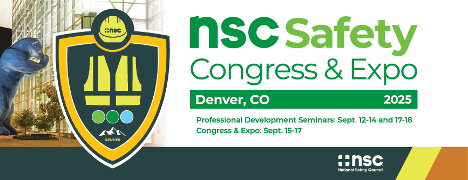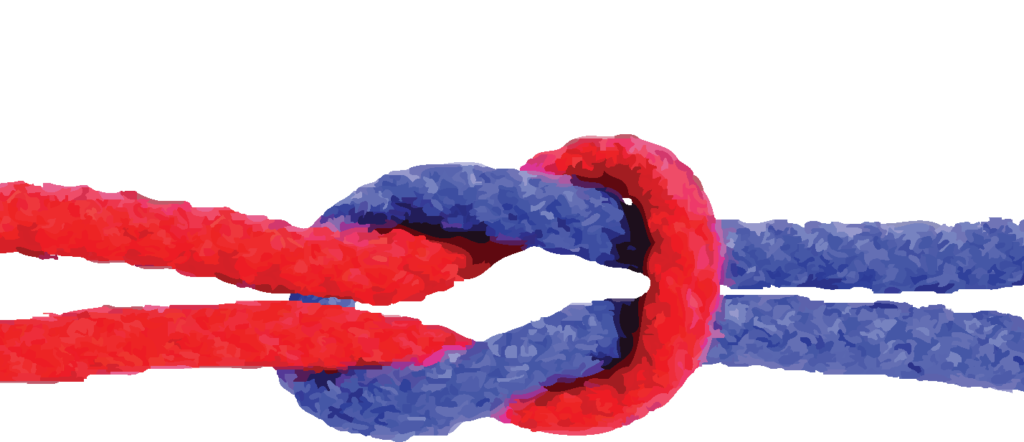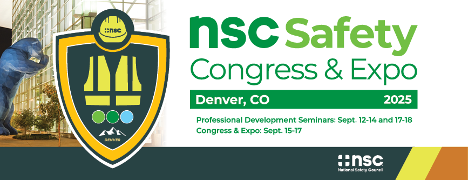Author - John McBride, SPHR, SHRM-SCP
Comments, suggestions and opinions regarding my search and being in transition
Terrance Seamon:
“Years ago, when my friend Peter Lutz landed in a new job, he took the time to write down his thoughts on what helped him to make it through a long and difficult search.
Like many experienced job seekers, Peter knew that his job was to find a job. And he pursued it with determination and optimism.
Following the landing, Peter sat down and wrote up his "lessons learned" and shared them with his network. He then gave me permission to reprint his points at my blog Here We Are. Now What?
I have edited them slightly from Peter's original email.
Twenty Lessons for Landing Your Next Job - by Peter Lutz
My sincere thanks to my friends and network contacts from The Breakfast Club and other networking groups. Your support and advice have been particularly helpful during this latest transition after I was downsized from my position.
I want to particularly thank those who took the time to offer suggestions for my search and who were very generous with their time. I also thank my wife and my family for their constant love and support.
This is the 3rd time since 2003 that I have been downsized and I am sure that it will not be the last time. As Marty Latman often says, your job is to always be looking for a job and to be networking so that when the downsizing happens, you are prepared for the search.
I spent alot of time over the past 8 years networking and I believe I barely scratched the surface of the network that I have built to identify opportunities and assist other jobseekers.
Here are a few of my comments, suggestions and opinions regarding my search and being in transition. Perhaps they might be helpful to you.
1. You must maintain a positive attitude.
2. You must maintain as regular a routine as possible - Remember that finding a job is your job right now.
3. Develop a spreadsheet with metrics to track your productivity - This is how I made sure I stayed on track.
4. Attend a minimum of 2 to 3 networking meetings and events per week.
5. Reach out to people and tell them You are looking.
6. Develop and distribute a list of target companies and industries that You are interested in.
7. Express gratitude.
8. Pray - I prayed and asked my family to pray for me.
9. Go to the gym - Try to get a good night's sleep...job search is hard work!
10. Have fun, as much as possible, and reward yourself for working hard at the job search.
11. Spend approximately 40-60 hours per week on job search and networking activities.
12. Avoid negative people and situations.
13. Avoid staying at home in front of the computer all the time.
14. Research companies that You are interested in.
15. Improve your resume using input and feedback from trusted network contacts.
16. Help recruiters whenever possible - It is important to remember that recruiters do not work for a jobseeker, rather they work for their clients. If a job was not a good fit for me, I attempted when possible to be a resource for the recruiter in finding other qualified candidates. Recruiters are like elephants: they have a good memory for a good resource (me) and by building good relationships with recruiters and helping other jobseekers, I attempted to help both groups.
17. Realize that getting an interview is a very positive development - Prepare diligently for the interview.
18. Follow-up, Follow-up, Follow-up. - There were occasions where a phone interview did not happen when scheduled. I would follow up with the recruiter or hiring manager and attempt to reschedule the interview.
19. Remain flexible.
20. Remind yourself that "this too shall pass." - Job loss is just another storm that I knew I would survive. Everyone will eventually land.
I believe that you can shorten the time in search if you work hard at it every single day and remain positive, focused and determined. I wish everyone success. I will remain involved in networking as much as possible. If I can assist anyone with advice, information, referrals or Business Analyst specific knowledge, please let me know. Lastly, please connect with me on Linkedin if we are not already connected.
Best regards, Peter Lutz
**************************
Terrance:
“Wisdom, it has been said, is knowing what to do next. Now you know. What will you do next?
Thank you, Peter, for taking the time to share what worked. If other job hunters would adopt your twenty points, their searches would be much more productive.
The above blog post was originally published in 2011 at my blog Here We Are. Now What?”
About the author:
Terrence Seamon helps job hunters and career changers to find their way by capitalizing on lessons learned.
content of your post goes here. To edit this text, click on it and delete this default text and start typing your own or paste your own from a different source.
https://www.linkedin.com/in/terrence-seamon/






